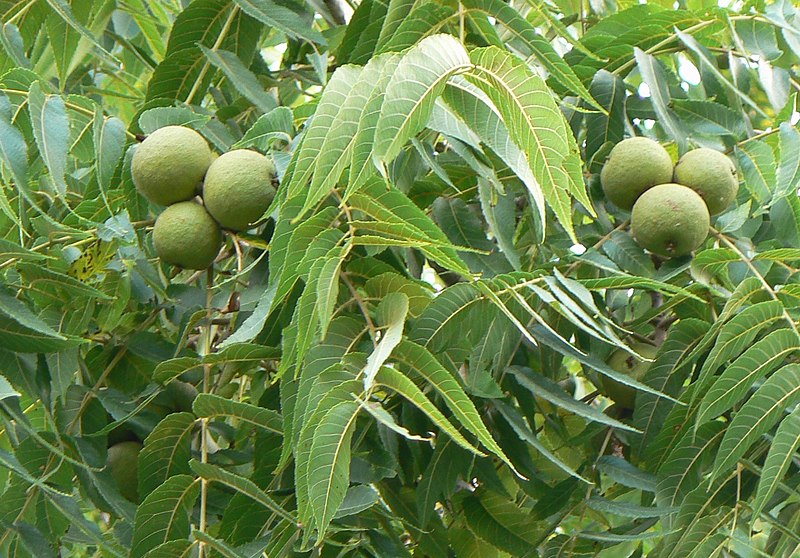
Allelopathy is a process by which a plant releases chemicals that can either inhibit or benefit other plants. Since most allelopathic plants cause harm to other plants, that’s the what I’ll be discussing here.
Species competition ensures the biodiversity of ecosystems. All plants and animals have developed techniques for out-competing other species for nutrients, water, territory, and other resources. For example, certain plants have extremely dense root systems.
Allelopaths are plants that have an advanced weapon in their arsenal. The allelopathic plant competes with other species through “chemical warfare” by releasing chemicals that inhibit the growth of its competitors.
Allelopathic substances work like herbicides, preventing the germination and growth of the seedlings of competing species. Plants that are under stress, such as those with pests, diseases, or less than optimum access to nutrients, sun, or moisture, are at an even higher risk for being eliminated by allelopaths.
Depending on the plant, allelopathic substances can be released from a plant’s flowers, leaves, leaf debris and leaf mulch, stems, bark, roots, or soil surrounding the roots. Some of the chemicals biodegrade over time while others can be persistent in the soil.
Probably the most well-known allelopathic plant is the black walnut (Juglans nigra) tree. All parts of the tree–roots, bark, leaves, nuts, and even rainwater that falls off a leaf–release an allelopathic substance called juglone. Some species are affected by it and others aren’t bothered at all.
My great-aunt used to have a huge black walnut tree in her yard. I always thought it was bare underneath because we kids were always playing and horsing around underneath it! Maybe that was part of it, but the juglone must have been at work as well.
If you’re wondering what to grow near your black walnut tree, try serviceberry/juneberry/shadbush (Amelanchier sp.), tulip Shasta daisy (Leucanthemum x superbum), speedwell (Veronica sp.), or American arborvitae (Thuja occidentalis), or one of many others. More information about plants that are affected by juglone, and those that are not, is available here.
Other common trees with allelopathic properties include eucalyptus, sugar maple, tree-of-heaven, hackberry, southern waxmyrtle, American sycamore, cottonwood, black cherry, red oak, black locust, sassafrass, and American elm.
Allelopathic study is in its infancy, but early research suggests that allelopaths can be used as effective herbicides for organic weed control. For example, an allelopathic crop might be used to control weeds by planting it in rotation with other crops.
I wonder if organic herbicides based on allelopaths are commercially available, or will be soon. It’s interesting to think about the possibilities of allelopathic chemicals for the organic gardener.
Photo courtesy of Wikipedia



No comments:
Post a Comment